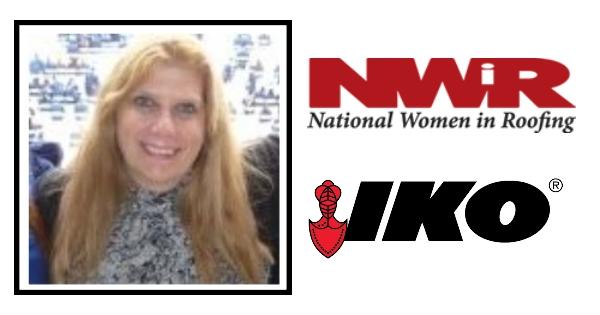The Attractive Nuisance Doctrine

Important precautions to protect children
Many states have what is commonly referred to as the Attractive Nuisance Doctrine, which is a concept arising from negligence and premises liability. Although there may be nuances from jurisdiction to jurisdiction, generally speaking, an attractive nuisance is something on real property that may entice children to enter your property and potentially be harmed by the nuisance. A property owner that is aware of an attractive nuisance must take precautions to protect children from it.
What are attractive nuisances? They can include things such as swimming pools, wells, equipment or machinery, or dangerous animals. In some cases, even roof tops have been considered attractive nuisances if the owner is aware that children like to climb on the roof.
To protect himself or herself from liability, a property owner should try to eliminate attractive nuisances or otherwise prevent children from obtaining access to the nuisances by installing fencing or other measures to prevent access. Property owners can also use signs or warn children and lock up areas that may contain attractive nuisances. Keep in mind that a sign may not be enough to prevent liability under the Attractive Nuisance Doctrine, especially if the child is too young to read. Furthermore, if the owner is aware of a child playing with a particular piece of equipment or entering his or her property, then that knowledge element may lead to liability under the Attractive Nuisance Doctrine.
A common attractive nuisance for roofing contractors is leaving an unattended ladder on site for inspections. Children could harm themselves by either playing with the ladder or climbing on the roof. Despite requests, inspectors are reluctant to bring their own ladders, and timed inspections are simply not practical in many locations. On the other hand, insurers dictate that no unattended equipment should be left at a residential project site without taking adequate precautions. What can a roofer do to protect itself in this situation?
There is no easy answer to this question. First, the roofing contractor should notify the owner of the ladder and to watch for any children in the area. Second, the roofer could use temporary fencing or warning signs around the ladder to draw attention to the danger. Finally, if possible, the roofing contractor could have the access point in the back yard or in a fenced off location making it more difficult for children to obtain access to the ladder. Although many inspectors require the ladder be ready for use and abutting the roof, some inspectors allow for the ladder to be placed on the ground in a secure area for access by the inspector when needed.
For roofing contractors, it is important to address the Attractive Nuisance Doctrine in the contract documents between the roofing contractor and the owner. The contract should clearly define whose responsibility it is to maintain the construction site during the course of construction. In other words, during the course of construction, the contract should identify who will control the job site. On residential projects, it is often difficult to fence off the entire construction area. However, roofers can take precautions to remove exposed materials and check for nails on a daily basis, among other things. Furthermore, the foreman or safety person for each roofing contractor should make sure to keep children, pets, and others away from the job site during the course of construction.
Author’s note: The information contained in this article is for general educational information only. This information does not constitute legal advice, is not intended to constitute legal advice, nor should it be relied upon as legal advice for your specific factual pattern or situation.
Trent Cotney is General Counsel and a director of the Florida Roofing & Sheet Metal Contractors Association (FRSA), the Treasurer of the West Coast Roofing Contractors Association (WCRCA), a member of NRCA and several other roofing associations across the United States.
For more information, contact the author at 813-579-3278 or go to http://trentcotney.com/








-2.png)













Comments
Leave a Reply
Have an account? Login to leave a comment!
Sign In